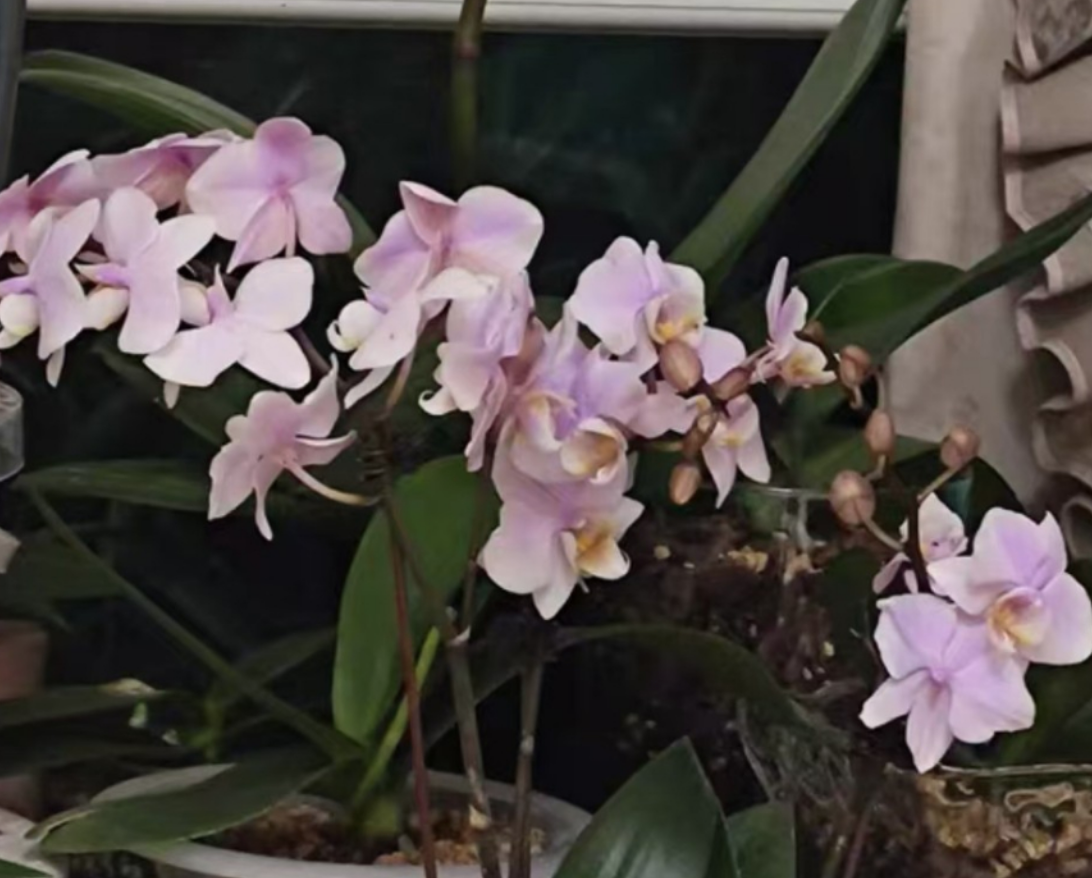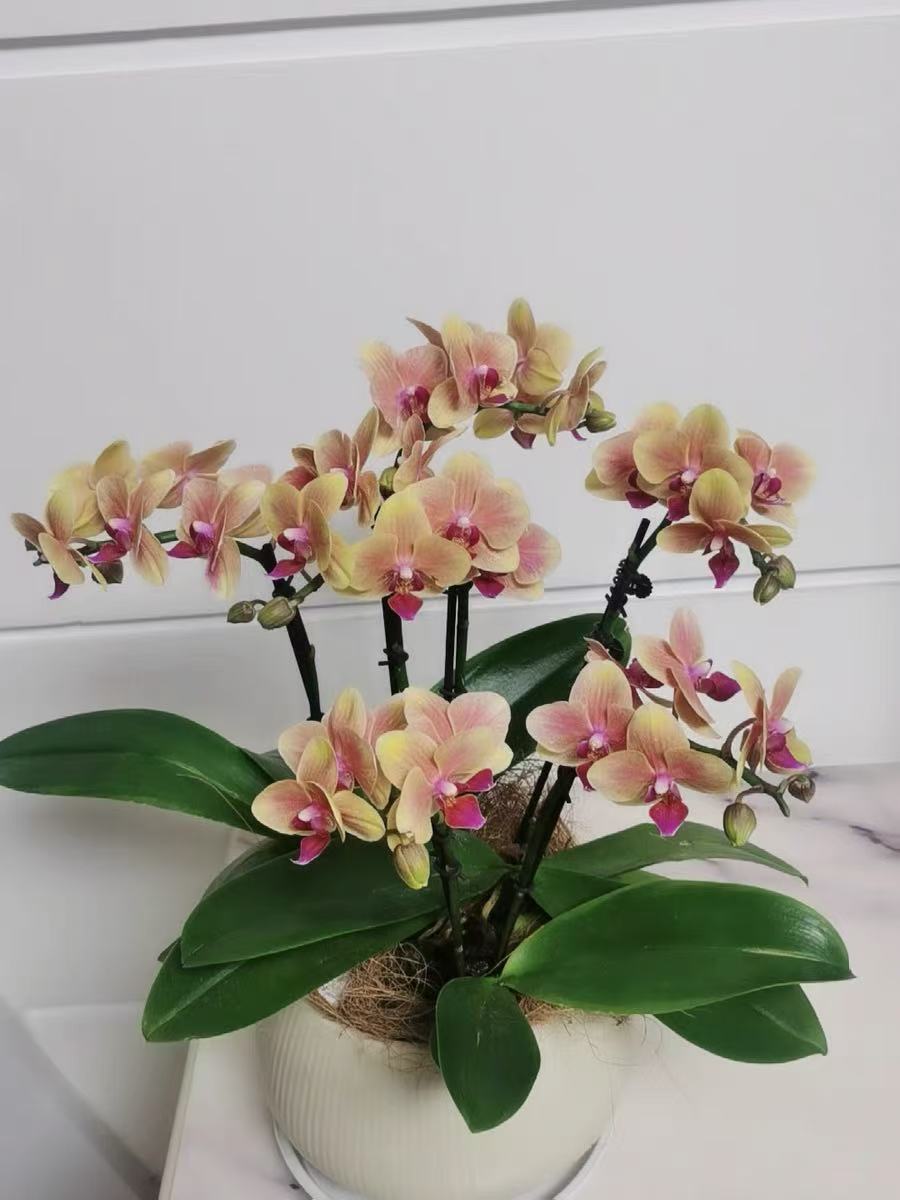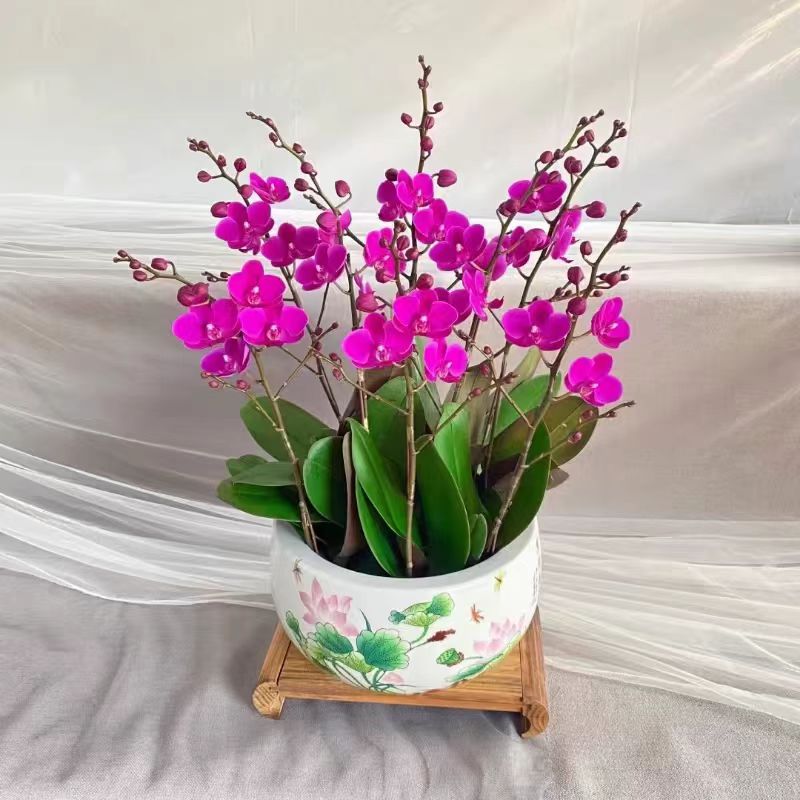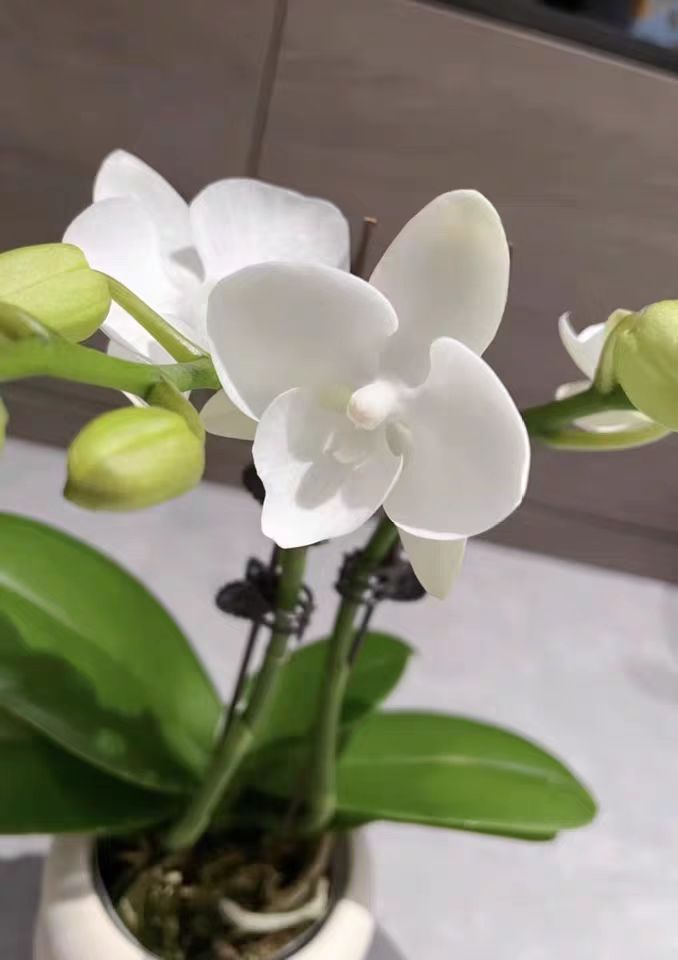As the Spring Festival is approaching, many people start to make preparations for it. Among the flowers, the phalaenopsis orchid, which looks like a dancing butterfly when in bloom, is chosen by many flower enthusiasts. However, after buying it home, it will inevitably go through the stage of blooming and withering. So, how should we properly handle the withered flowers of the phalaenopsis orchid? And how can we ensure its healthy growth?
Firstly, after the flowers wither, we can put a plastic film over the flowerpot. The advantage of doing this is that it can provide a warm and humid environment for the plant, helping to promote the formation of roots and new flower buds as soon as possible. Meanwhile, the film can also effectively reduce the evaporation of water, keeping the roots in a moist state and creating the most suitable growth environment for the phalaenopsis orchid.
Secondly, it is necessary to control watering and stop fertilizing. After the flowers wither, the phalaenopsis orchid will enter a semi-dormant state. At this time, attention should be paid to controlling watering to avoid root damage caused by excessive watering. Generally, it is recommended to water it once a week to keep the soil moist and prevent it from getting too dry. In addition, fertilization should also be stopped at this time, because too much nutrition at this time will instead stimulate the soil and prevent the flower buds from growing normally. Then, the orchid can be placed in a sunny indoor place. After the flowers wither, it is necessary to avoid strong sunlight as much as possible to prevent the leaves from being sunburned. The light intensity should preferably be diffused light, which can help the formation of new flower buds of the orchid.
Finally, it is necessary to regularly check the condition of the phalaenopsis orchid and the growth of its roots. If there are any problem leaves and flowers, they should be adjusted in a timely manner. Because many flower enthusiasts are reluctant to prune the withered flower buds and yellow leaves after seeing the phalaenopsis orchid blooming. In fact, this is harmful to the healthy growth of the plant, because old flowers or withered leaves will absorb the nutrients inside the plant, resulting in the inability to grow new flower buds.
In conclusion, whether it is during the flowering period of the phalaenopsis orchid or the handling after it blooms, everyone needs to master the correct factors such as light, temperature, humidity, water, and fertilizer. As long as you adhere to the above tips, the phalaenopsis orchid will recover its health as soon as possible and usher in a new round of growth and blooming.
What should you do when the phalaenopsis orchid has finished blooming?

Share with
Tagged in :




Leave a Reply